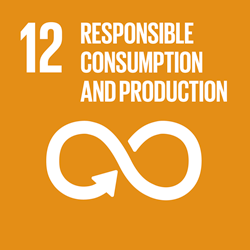Technological watch
Degradation Pattern of Five Biodegradable, Potentially Low-Environmental-Impact Mulches under Laboratory Conditions
The use of biodegradable (BD) plastic mulch materials as alternatives to the widely used low-density polyethylene (PE) is increasing nowadays, mainly for environmental reasons. However, the success of these materials depends, in addition to fulfilling their function, on completely degrading in the short term, which depends on both their composition and environmental conditions. This study focused on the degradation pattern of five BD plastic materials of different composition (i.e., corn and potato starch, and polylactic acid plastic (PLA) films, blended with different copolyesters during their manufacture), in two soils with different granulometry (Soil 1 has less clay content than Soil 2), taken from organic vegetable fields under controlled laboratory conditions. Conventional PE was used as a reference. The degree of degradation was evaluated through the number of fragments, weight loss, and surface area loss until their total disappearance. The degradation trend of the BD materials was similar in both soils, although much faster in Soil 2. Their total visible disappearance was in the following ranges: potato starch, 225–250 days in Soil 1, 150–200 days in Soil 2; corn starch, 550 days in Soil 1, 300 days in Soil 2; PLA, 1000–1050 days in Soil 1, 350–475 days in Soil 2. PE remained practically intact in both trials. The degradation model of potato starch materials fitted a decreasing exponential model in both soils, while the other bioplastics followed a decreasing Gompertz model, in all cases with steeper slopes in Soil 2. The curves of the degradation models indicated how the same material can degrade differently depending on the type of soil, information that could be useful for users and manufacturers in the framework of a sustainable agriculture.
Publication date: 13/11/2022
Author: Jaime Villena
Reference: doi: 10.3390/agriculture12111910






